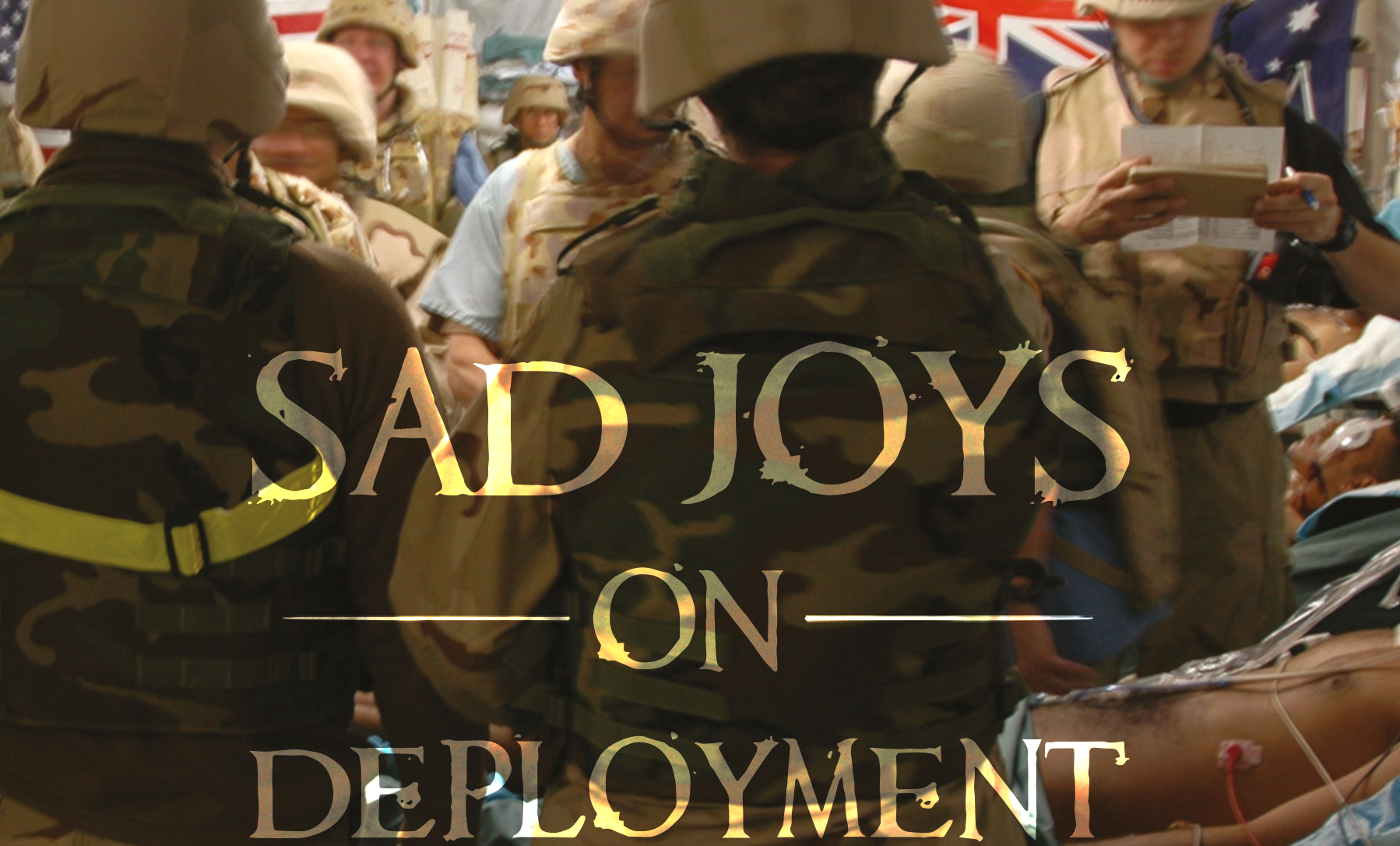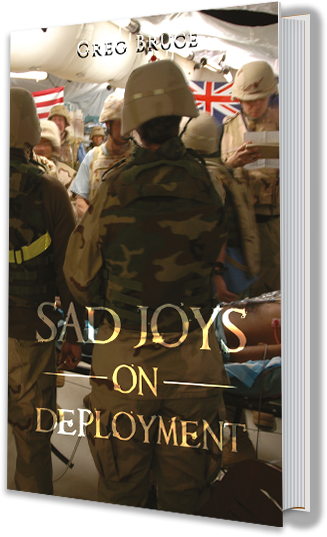By Rob Ellis, May 2022
⭐⭐⭐⭐⭐
Greg Bruce is an orthopaedic surgeon. He was born in Adelaide, graduated in medicine from Adelaide University, and completed his internship in New Zealand and later in England. Upon his return to Australia, he went into practice in Sydney, and became a civilian contractor to the Royal Australian Air Force, providing orthopaedic surgical care to members of that service.
In 1988, he was recruited into the RAAF Special Reserve, as an orthopaedic surgeon, and this led to ten overseas deployments, which he describes in this book. His travels on deployment, took him to Rwanda, Papua New Guinea, Bouganville, Afghanistan, Iraq, Timor (3 times), The Solomon Islands and Indonesia. He worked in a variety of hospitals, under the command of Australian, American, Dutch and United Nations personnel, and with medical teams from these and other countries, and under conditions that varied from first-class down to outright ‘primitive’. The Australian and other medical teams were restricted to treating members of United Nations-sanctioned peace-keeping forces, but, as he notes in several places, civilian casualties ‘crept in’. This led to many specialists providing treatment outside their personal areas of skill and experience, often under conditions that could not be described as ‘ideal’.
Mr Bruce describes these experiences in a well-structured account in 23 short chapters, plus some appendices and photographs, across only 130 pages. In his clear, precise style, he gives an easily readable account of the highs and lows of performing delicate and, often life-saving surgery, on victims of both battle injuries and ‘normal’ civilian accidents. He makes the point, very clearly, that in many cases, battle injuries, especially those from high-velocity projectiles and high explosive blast, are very different from those encountered in a civilian practice, and so requiring surgeons and other medical staff to use techniques and equipment that quite frequently differ from those that would be used in normal civil practice. These injuries were treated, sometimes with improvised equipment or with assisting staff who were not accustomed to the techniques used by surgeons who may be from a different culture or used to working under a different bureaucracy or military command structure, were trained differently, or who spoke a different language – or sometimes two or more of these factors were in play – in a tented hospital, and with inadequate or obsolete equipment, in a dust-storm or extreme heat or driving rain!
There is an illuminating account of the varying approaches taken by different countries in setting up and equipping their medical support teams and facilities, and of the good and sometimes bad outcomes that result from these differences. He also describes some of the difficulties that arise when carrying out a mission under the orders of decision-makers who may be half a world away from the actual situation. Often, these restrictions were set by other officials, who were even further away and had even less knowledge of the conditions under which the relief teams were carrying out their work.
If the reader has knowledge or experience of being a member of a United Nations Relief Team, his or her appreciation of the men and women who join them will be enhanced. If this is an area which is new to the reader, it will be an eye-opener in many ways.
Taking Mr Bruce’s account as base, it becomes apparent that the work is both difficult and dangerous, carried out with limited resources, far from home, and with little or no reward. Often deployment takes the ADF Reservist away from his normal life, resulting in a loss of income, disruption of family relationships, and sometimes an aftermath of the stresses suffered on deployment that lead to on-going post-traumatic stress disorders.
The book’s title is apt. There are ‘joys’ or benefits from deployment – travel, broadening of professional skills, both from the work itself and from interaction with other specialists from other countries and cultures, and the knowledge that what was done while on deployment may have benefited others who would have suffered more were you not there. There is also sadness as the deployed person sees, often at close range, the sorrows and the physical damage to the victims of either climatic events, crime, revolution or civil wars or just the plain ineptitude of public servants. Some of the examples Bruce cites may be upsetting to some readers, as the author does not try to find excuses, but tells these stories clearly and objectively.
There is one flaw in this book: The method of production and printing means that the photographs have not reproduced clearly, and so detail is limited, and so they lose some impact.
It is a book that is well worth reading. It gives a clear, unemotional description of the highlights and lowlights of being deployed as ADF Reservists and shows that they deserve respect and support from the rest of our society.
The RUSI – Vic Library thanks the publisher for making this work available for review.





